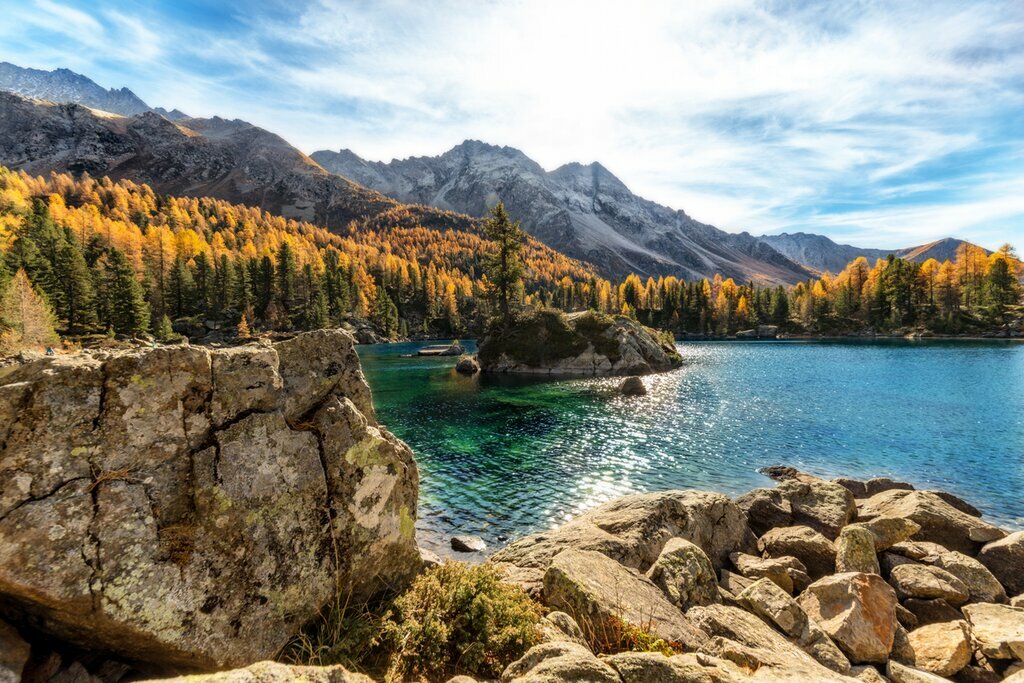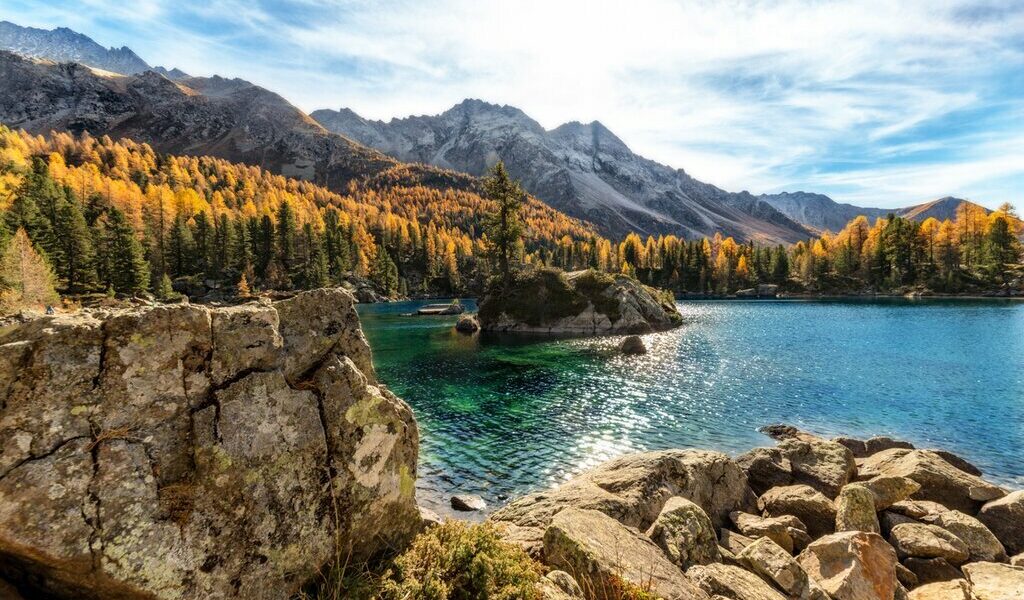
Switzerland has two high seasons. Winter (December to March) offers some of Europe’s finest Alpine snow sports. Summer (June to August) offers the best hiking opportunities and the country’s liveliest festivals, such as Europe’s biggest celebration of jazz, the Montreux Jazz Festival. Meanwhile, the low seasons of spring and fall let you see popular sights like the iconic Matterhorn without the huge crowds.
Switzerland in February: A Comprehensive Travel Guide
February in Switzerland presents a unique and enchanting experience, characterized by winter’s embrace and the promise of exhilarating snow-filled adventures. However, the weather, crowds, and activities can vary significantly depending on the region and altitude. This guide provides a detailed overview to help you plan your trip to Switzerland in February, ensuring a memorable and enjoyable vacation.
Weather Conditions
February is firmly entrenched in the heart of winter in Switzerland. Locations situated above 5,000 feet (1,500 meters) are virtually guaranteed to be blanketed in snow during this month. Indeed, January and February typically witness the deepest snow accumulation, creating ideal conditions for a wide array of snow sports at higher altitudes. It’s important to note the presence of *Föhn* winds, which are warmer southerly winds that descend upon the northern slopes of the Alps. These winds can introduce an element of unpredictability to the weather, causing sudden and dramatic shifts. Therefore, it is crucial to remain vigilant and prepared for changing conditions.
In contrast to the high-altitude regions, lower-altitude towns, cities, and valleys may experience a different set of weather conditions in February. The weather can often be characterized as dull, cold, and wet. Although heavy snowfall is relatively rare at these lower elevations, it’s still advisable to pack accordingly. Winter days are also shorter, but thankfully they are noticeably lengthening by February, meaning that nights are shorter compared to the depths of late December. To give you an idea, the average February temperature in lowland cities such as Zürich, Geneva, and Lugano hovers around 39°F (4°C). As you ascend into the Alps, temperatures typically decrease. For example, Zermatt, a renowned mountain resort, experiences an average February temperature of 23°F (-5°C).
Crowd Levels and Associated Costs
February is undeniably the high season for tourism in Switzerland. Visitors from across Europe and the wider world flock to the Swiss Alps to indulge in snow sport-related vacations. Popular destinations such as the Bernese Oberland, Valais, and St. Moritz regions within the Alps tend to be particularly crowded during this period. Due to its popularity, travelers should expect higher costs compared to the off-season, particularly with accommodations.
Switzerland, in general, is renowned for its high cost of living and tourism, and these costs reach their peak during the winter season. This surge in prices affects not only the mountain resorts but also the cities, as most travelers transit through and spend some time in urban centers before venturing into the mountains. Therefore, it’s advisable to budget accordingly and to book accommodations and activities well in advance to secure the best deals and avoid disappointment.
Depending on the specific year and the timing of Easter, Carnival may occur in late February. Cities like Basel and Lucerne are especially renowned for hosting large and vibrant Carnival festivities. If you plan on attending the Carnival celebrations, it is essential to book your accommodation well in advance, and make plans to arrive in these cities early to secure a spot amidst the festivities.
Exploring Switzerland: Where to Go
During February in Switzerland, the majestic mountains beckon. For those seeking the ultimate skiing and snow sports experience, consider venturing to St. Moritz (located in the southeast of the country) and Zermatt (situated in the southwest). These destinations offer some of the finest skiing opportunities not only in Switzerland but potentially throughout the whole of Europe.
For those who enjoy the serenity of winter hiking, the Upper Engadine, Lower Engadine, Upper Rhône, or Matter Valleys are excellent choices. However, it’s important to exercise caution and avoid venturing onto unmarked trails in the mountains during winter. These recommended locations boast well-maintained and prepared trails, ensuring a safer and more enjoyable hiking experience.
If your travel plans involve passing through a Swiss city en route to the mountains, or if you’re simply seeking a city break destination, consider spending some time in Basel or Lucerne during Carnival. Basel’s Carnival is the largest in Switzerland, and it holds the distinction of being a Protestant event (as Carnival is typically associated with Catholic traditions). Lucerne’s Carnival is particularly renowned for its striking and colorful parades.
Activities to Enjoy in February
Beyond skiing, snowboarding, and winter hiking, visitors to Switzerland in February can try snow-shoeing. The special design of snow shoes prevents you from sinking deep into the snow, which makes it much easier to navigate snowy terrain. Switzerland is deservedly famous for its well-marked and meticulously maintained hiking trails, and this dedication extends to winter hiking and snowshoeing paths.
When planning your snowshoeing adventure, be on the lookout for trails that are explicitly designated and prepared for snowshoeing. These trails differ from “regular” winter hiking trails in that the snow is not compacted to the same degree. It takes considerably longer to hike in snowshoes compared to regular hiking shoes on bare trails. It’s best to plan accordingly. If you are relatively new to snowshoeing, be sure to start with shorter treks, so you can gradually build your stamina and comfort level.
Featured Events in February
White Turf, St. Moritz: Over the course of three exhilarating days in February, horse racing (in addition to live music and enticing culinary offerings) takes place on a frozen lake, set against the stunning backdrop of snow-capped mountains.
Carnival, various locations: Depending on the precise timing of Easter, Carnival may fall in late February. Numerous locations throughout Switzerland host Carnival celebrations. In particular, the parades, elaborate costumes, and lively parties in Basel and Lucerne are exceptionally renowned and attract large crowds.
By carefully considering the weather conditions, crowd levels, available activities, and featured events, you can curate a memorable and enjoyable trip to Switzerland in February.
B-2555

